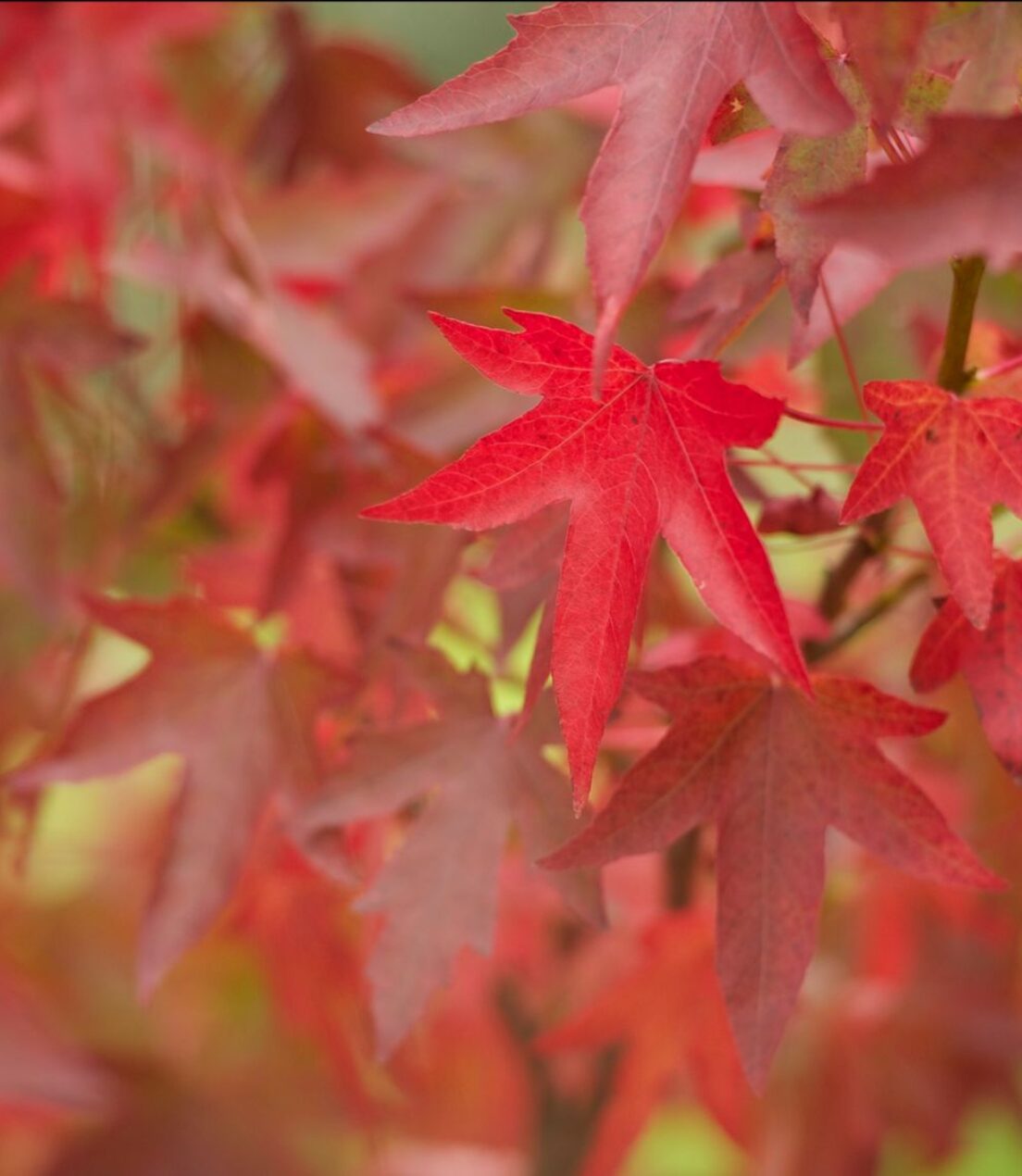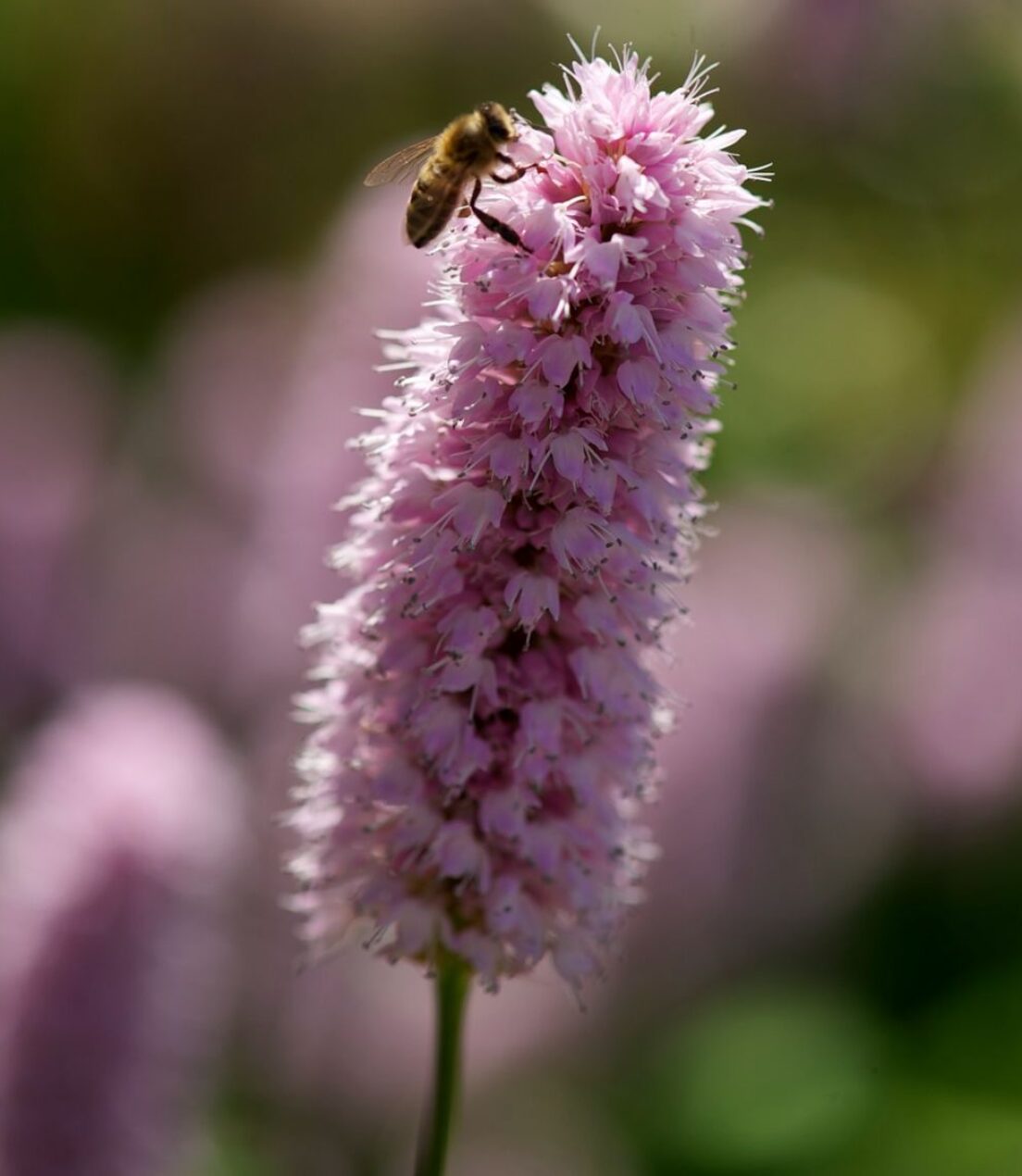Why is the soil wet or boggy?
The two main causes for boggy soil are: a high water table or poor drainage. To test the cause, wait until your soil is showing signs of being wet or boggy, and then:
Test 1: Dig a hole about 60cm deep. Cover to stop rain filling the hole and leave for 24 hours. If the hole fills with water, you have a high water table.
Test 2: If after completing test one there is no water in the hole then fill the hole with water and cover to stop rain getting in leaving it for a further 24hrs. If after 24hrs there is still water in the whole you have poor draining soil.
Poor drainage can be fixed or improved; unfortunately, it is near-impossible to fix a high water table.
How do I improve wet or boggy soil?
2) Avoid using grit, gravel or sand.
3) If your wet soil is due to a high water table, create raised garden beds, to help keep plants away from excess water.
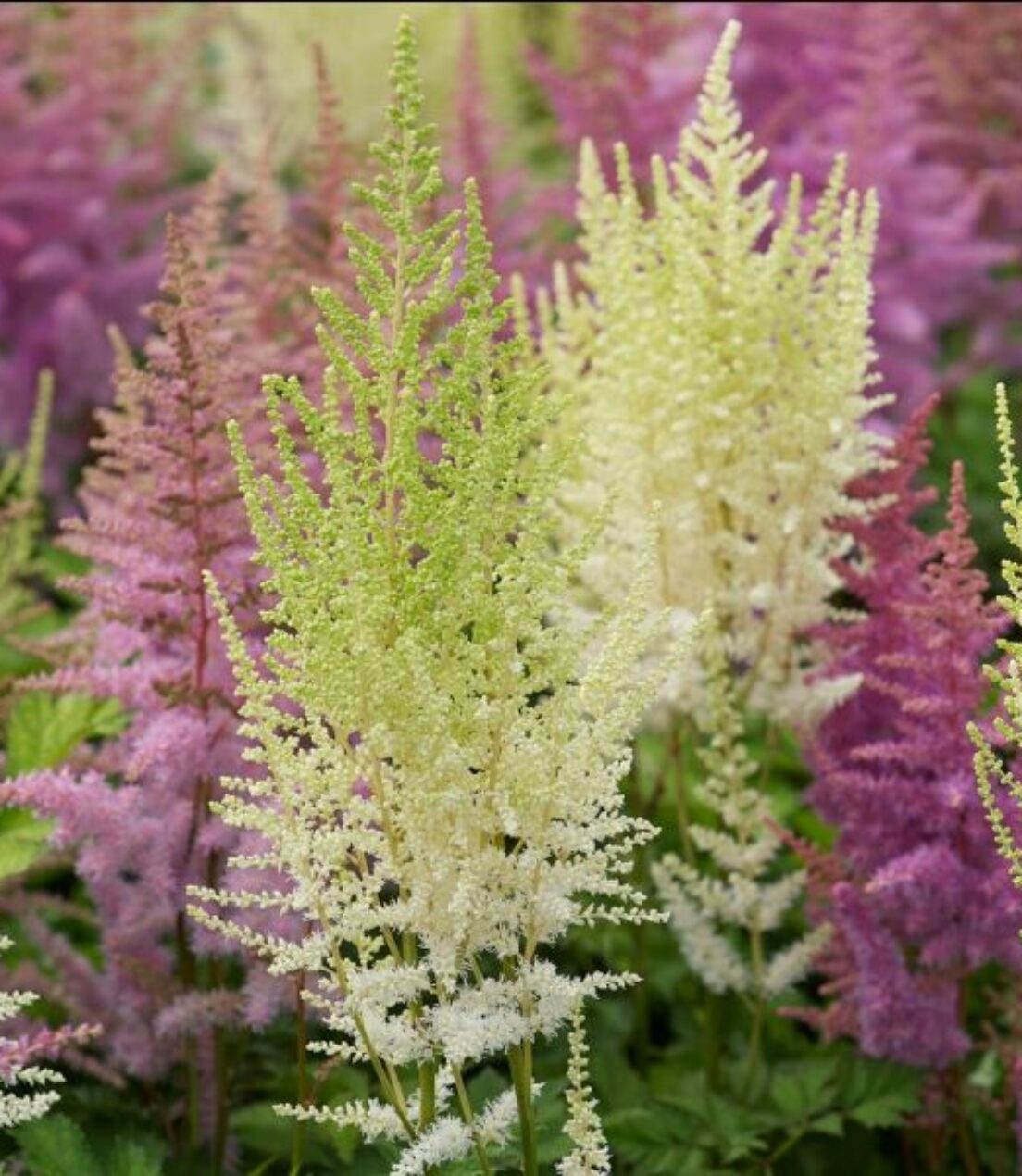
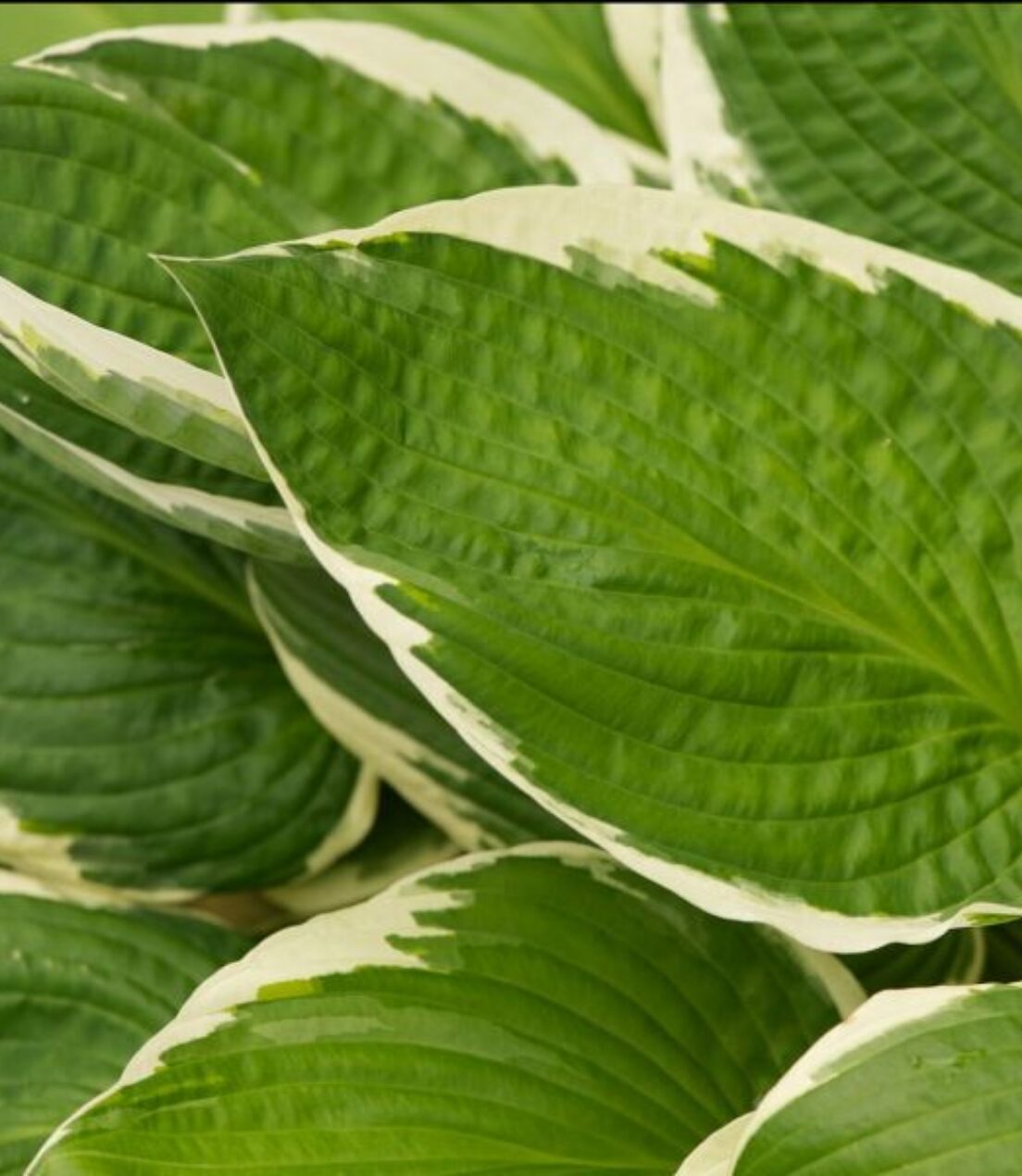
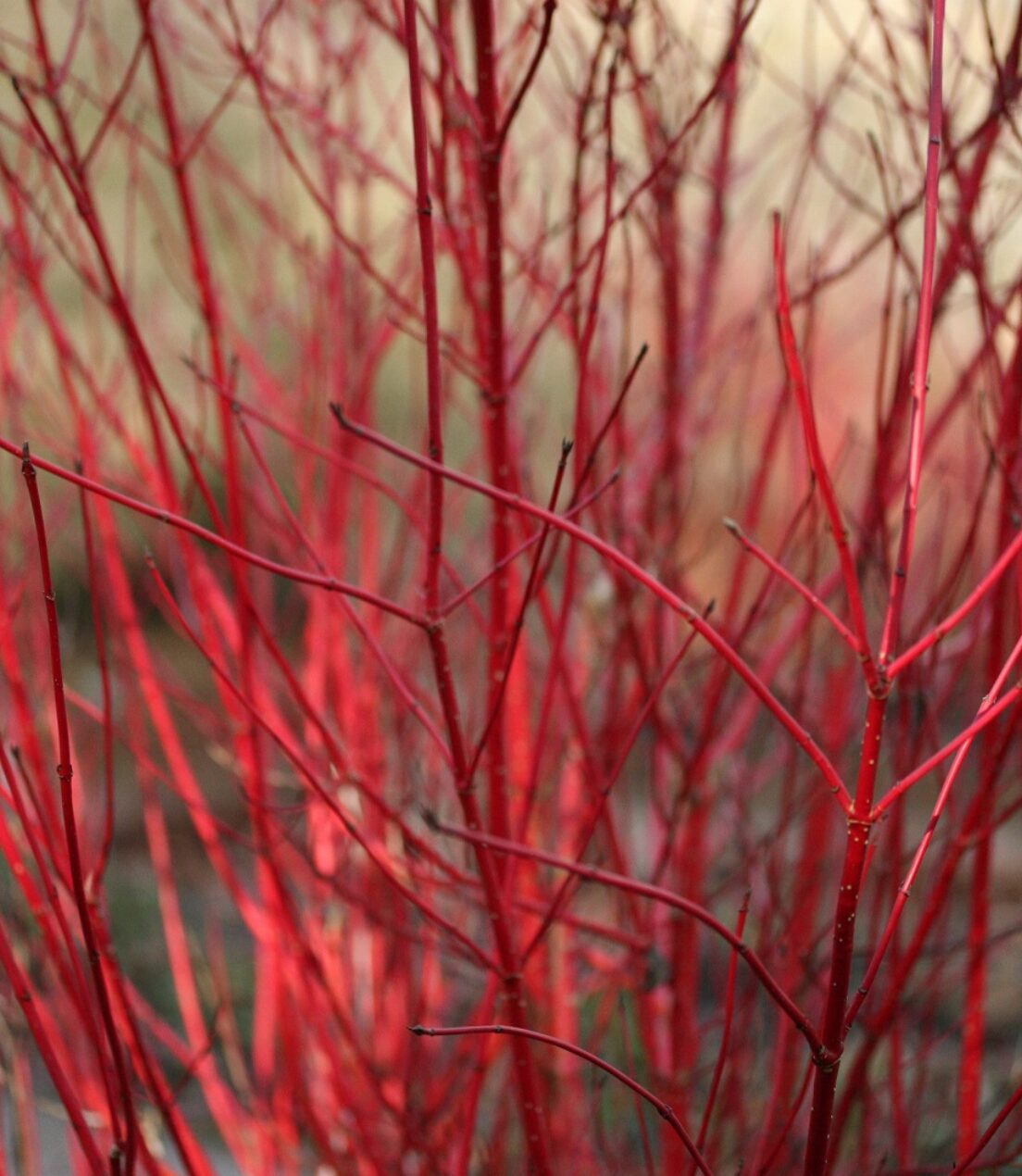
Planting to remove excess water
Plants are another way to remove water from the soil. Although all plants that can grow permanently in these conditions will take up some water, there are a number of plants that do it better than most. They will help to remove excess water from a soil, improving the surrounding area.
Alnus and Salix are perfect for this, as well as Cornus alba. As a general rule, the bigger the shrub or tree, the more water will be taken up.
Note: some species of Salix will grow extremely large very quickly. Pay close attention to maximum size – this refers to size after 10 years (it will continue to grow).
What to plant
There are not many plants that can handle long periods of flooding and waterlogging – if you are trying to garden in permanently flooded or waterlogged soil, consider using pond plants and pond marginals.
Plants associated with wet areas include (but are not limited to): Astilbe, Hosta, Persicaria, Liquidambar, Cornus alba, Gunnera and Salix.
